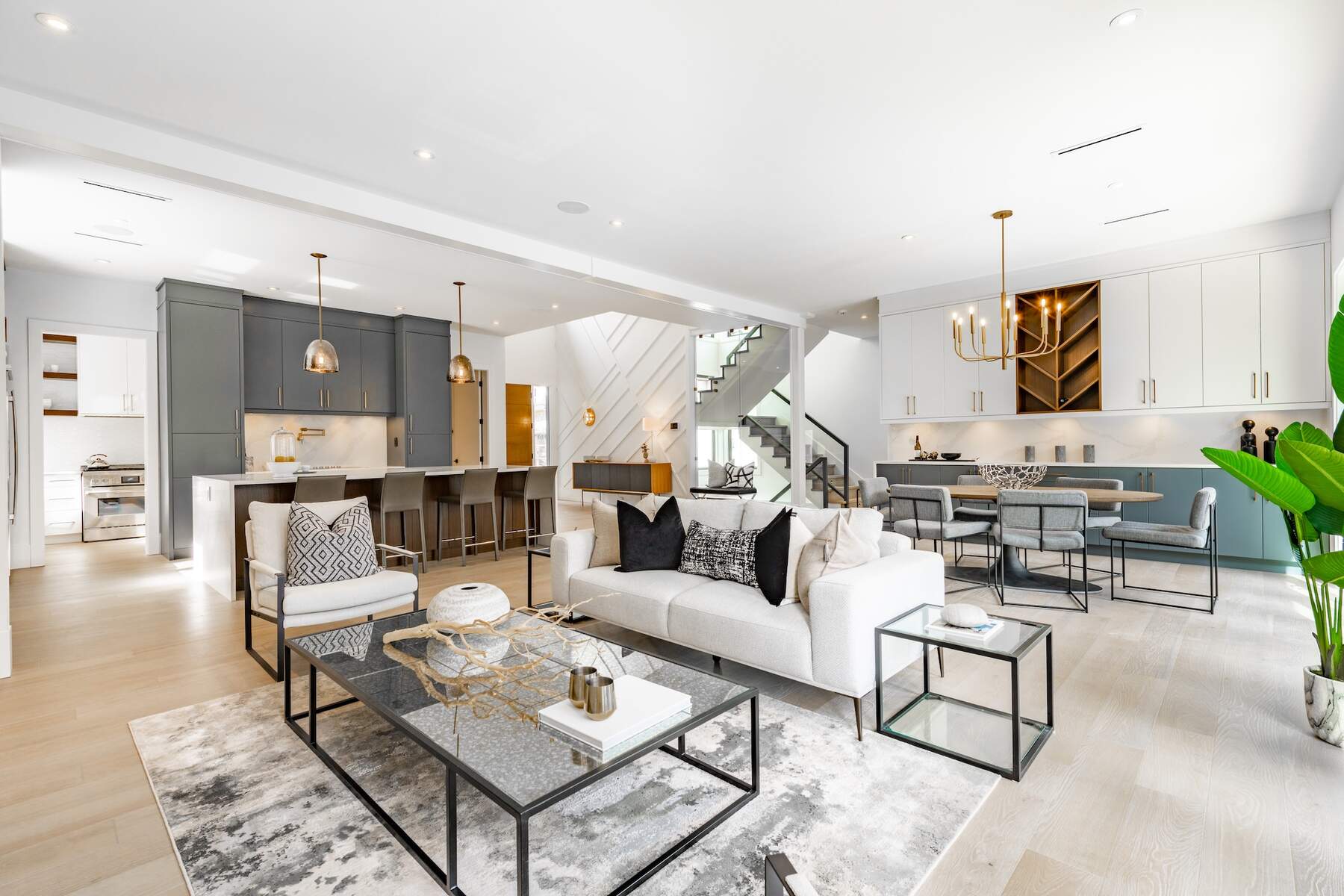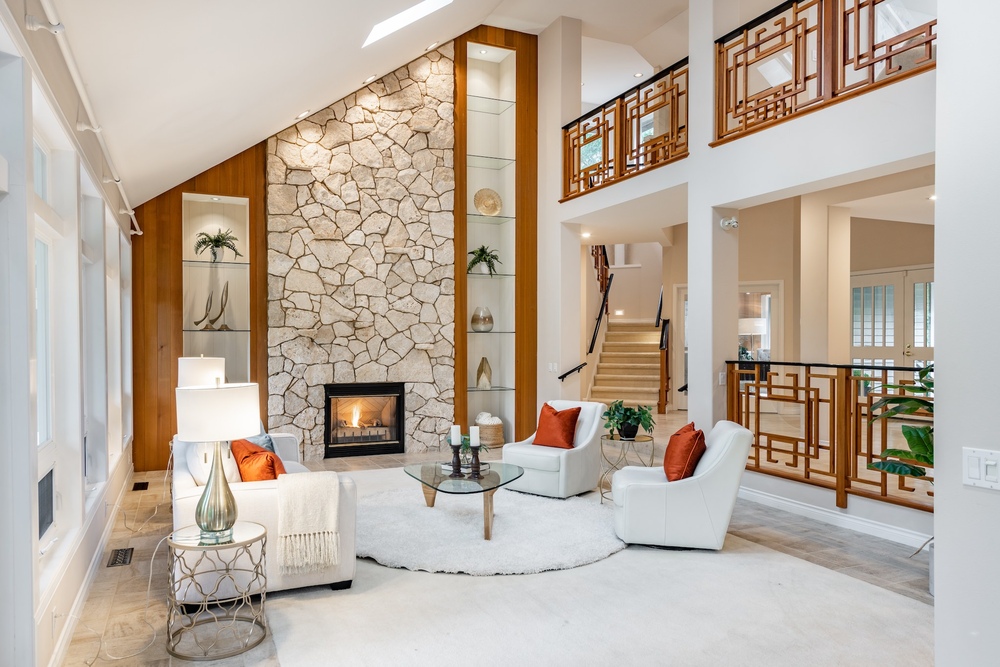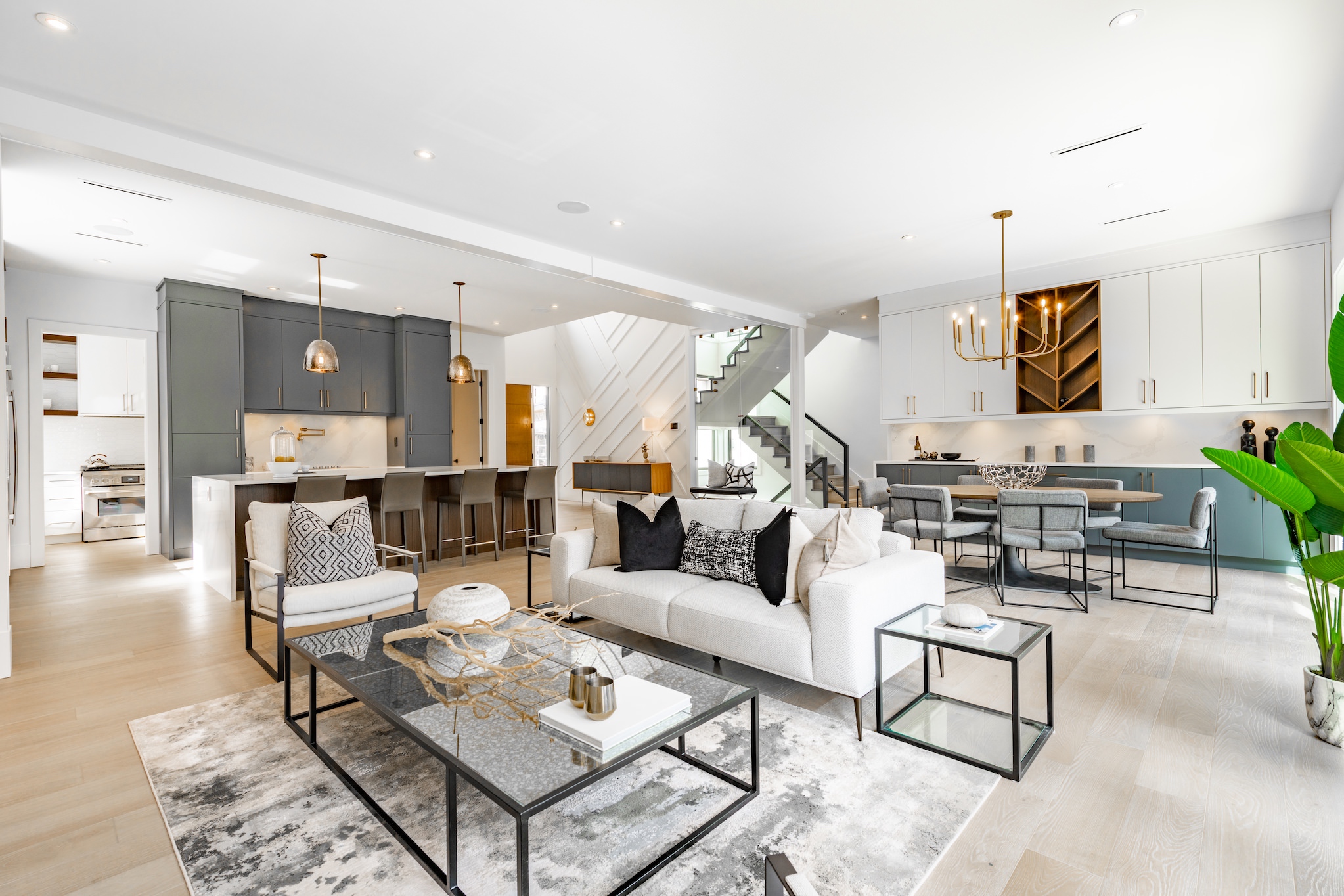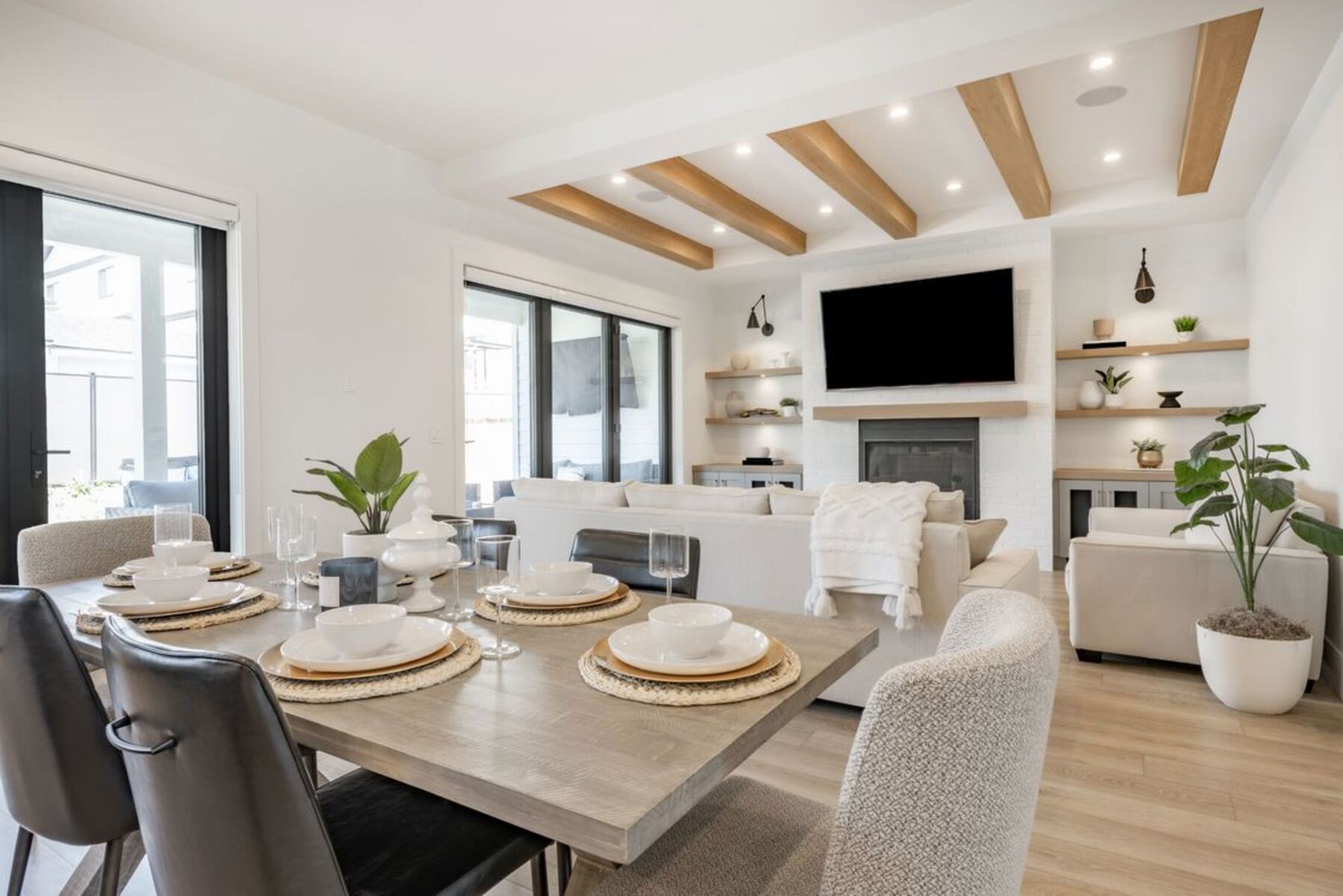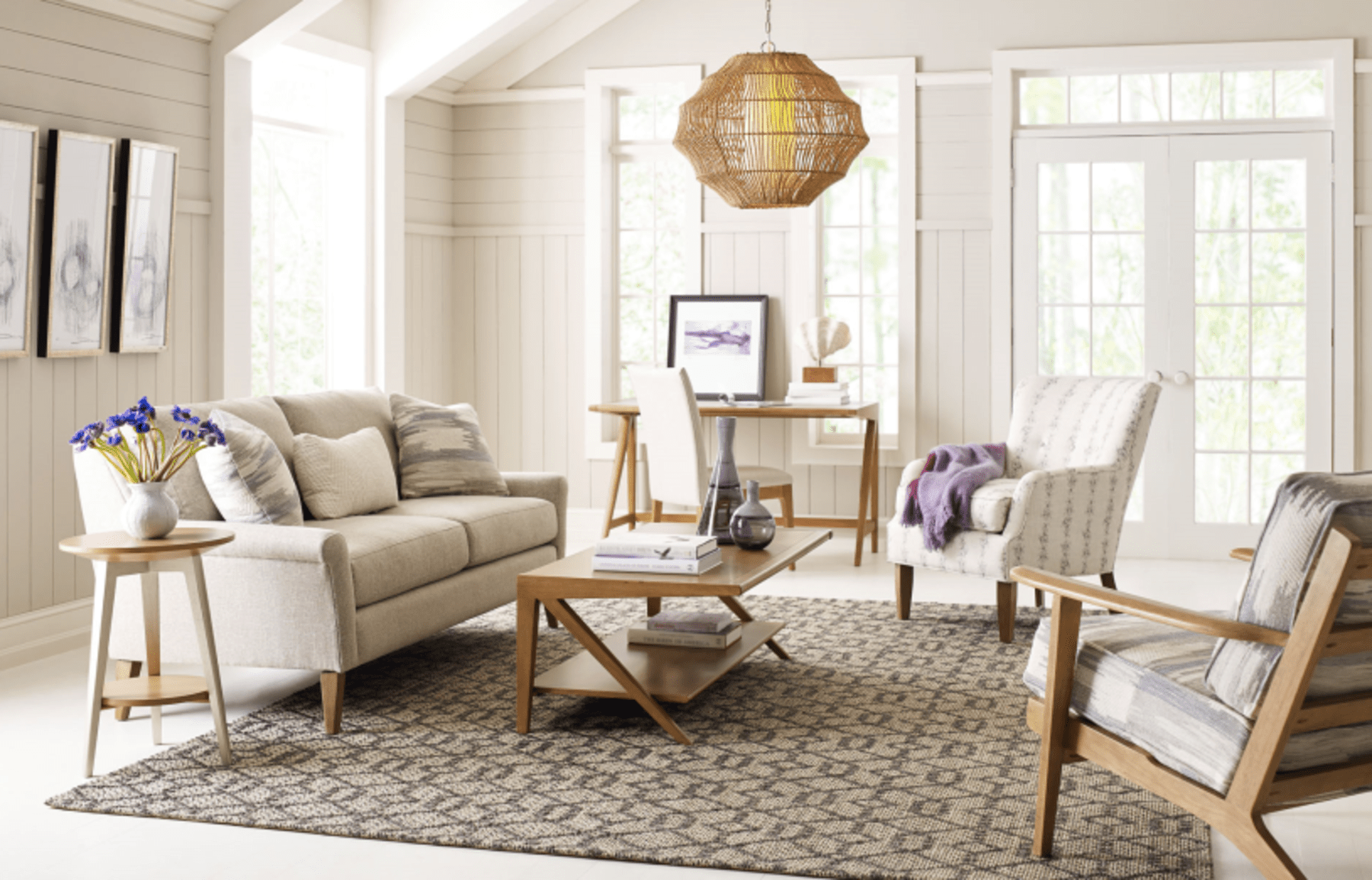I’ve steered FFE complexities in many projects as an interior designer. It’s a crucial aspect of designing spaces. Yet many people still ask, “What is FFE in interior design?” In this article, I’ll discuss it and why it matters in creating beautiful interior spaces. Let’s dive in!
What Is FFE in Interior Design?
FFE means Furniture, Fixtures, and Equipment. Yet, what does it involve, and why is it essential in interior design? Mainly, these elements make a space functional and appealing to the eye.
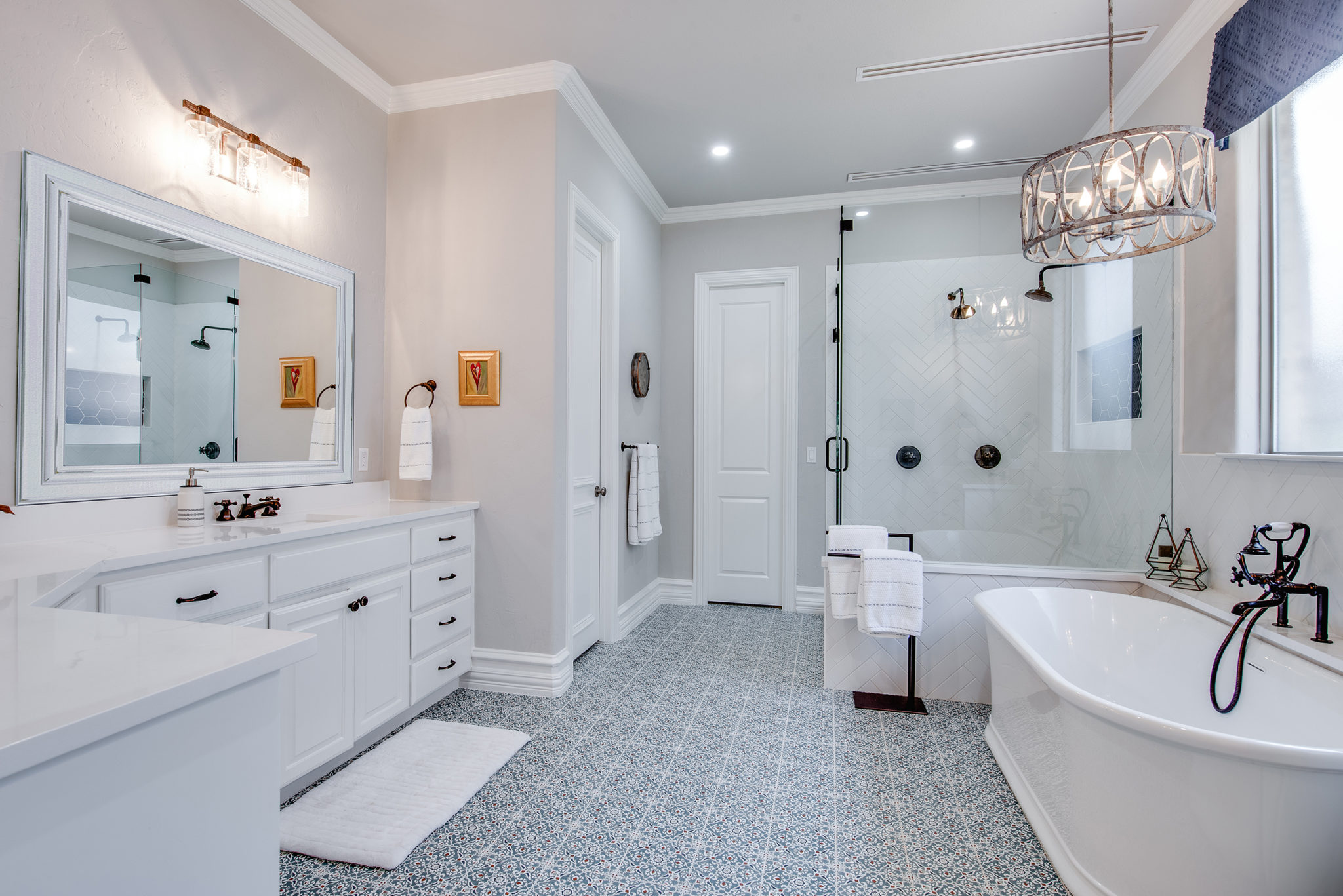
- Furniture: These are the movable items like cabinets and sofas. Our choice of furniture contributes to a room’s vibe. That’s how interior design affects our mood. They contribute to the functionality and aesthetics of a room.
- Fixtures: These are the permanent elements attached to the building structure. They include built-in cabinets and light fixtures. Also, these can be architectural details like moldings.
- Equipment: These are all the non-furniture items. They make a space functional. It includes appliances and any machinery needed for the place’s intended use.
The Significance of FFE in Interior Design
I can attest that a project’s success often depends on effective FFE management. Let’s explore why it’s crucial in interior design:
- Functionality: Furniture, fixtures, and equipment are the backbone of functionality in any interior. Imagine a living room without seating or a kitchen without appliances. With this, we can understand how these elements are essential.
- Comfort: It’s a top priority in interior design, and FFE contributes to it. Choosing the right furniture ensures the satisfaction of the occupant’s needs, promoting relaxation. Fixtures like well-designed lighting and climate control systems further enhance comfort.
- Aesthetics: FFE is pivotal in shaping the aesthetics of a space. Furniture and fixtures choices determine the tone of a room’s style. It lies in selecting pieces that harmonize with the design concept and keeping an eye on the interior design elements.
- Safety: Proper selection and installation of fixtures and equipment are crucial. Electrical systems and other utilities must meet safety standards. In commercial spaces, compliance with safety regulations is a legal rule.
- Cost Management: Furniture and equipment is a big part of the interior design fees and budget. Managing costs while maintaining quality and design integrity is a designer’s challenge.
- Client Satisfaction: FFE contributes to client satisfaction. We adhere to the client’s budget while meeting their functional and aesthetic preferences. When done right, it leaves clients delighted with the final result.
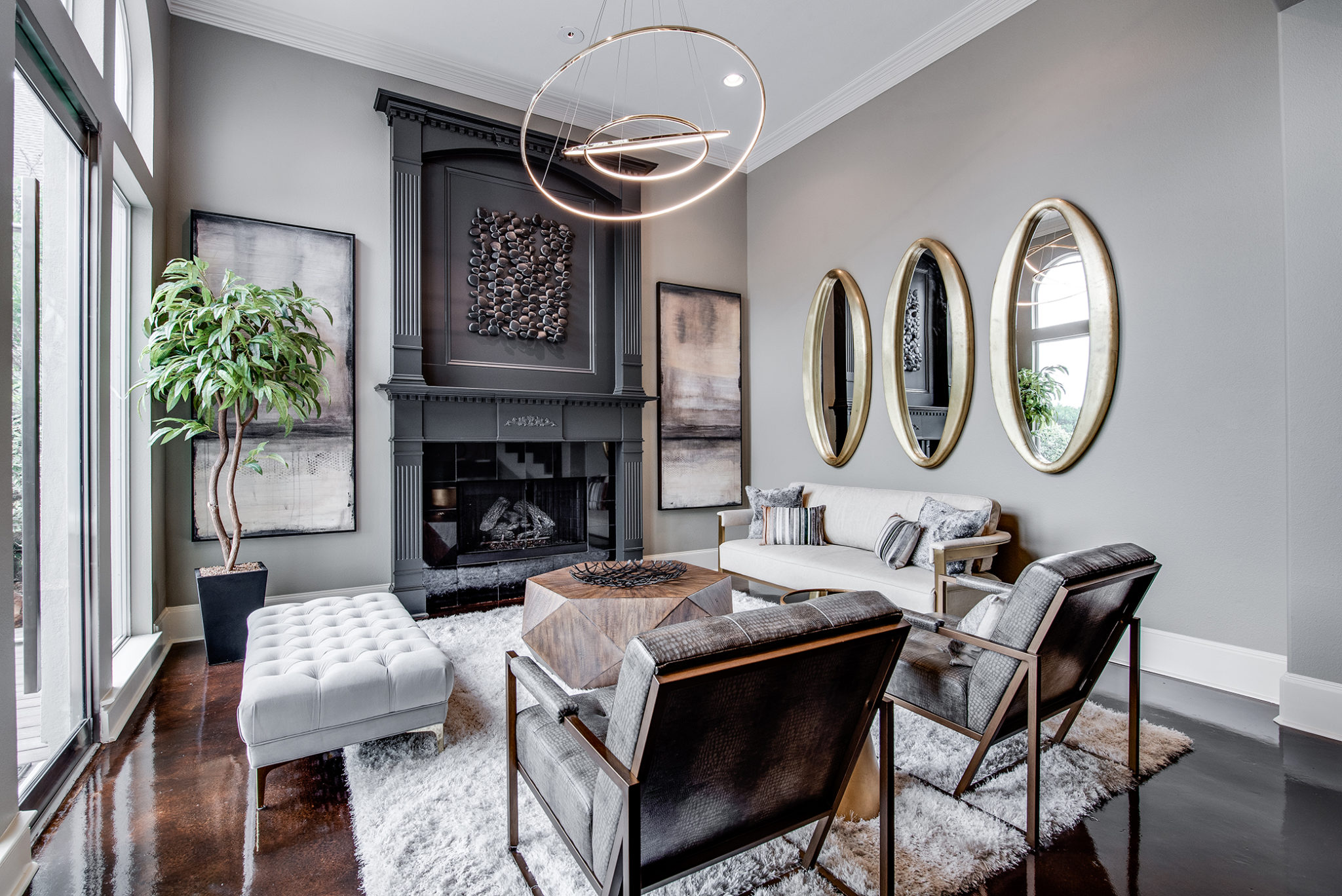
The FFE Process in Interior Design
Now that we understand the FFE’s importance, let’s examine its process. I’ve broken it into several key steps:
- Needs Assessment: It’s the first step. Examine the project needs and requirements. Understand the client’s preferences and the intended use of the space. Also, discern any specific functional requirements.
- Budgeting: Once the needs are explicit, establish a budget for the FFE part. The budget should consider the cost of furniture, fixtures, and equipment. Also, include any associated expenses such as shipping and installation.
- Sourcing and Selection: It’s time to begin sourcing and selecting furniture and fixtures. Researching suppliers and visiting showrooms are some of the things we do here. Also, it entails evaluating options considering factors like quality and price.
- Specifications: Detailed specifications are crucial. It ensures that the FFE items will meet the project’s requirements. It includes dimensions, specifics, and any customizations needed.
- Procurement: Once we complete the specifications, procurement begins. It involves purchasing the selected FFE items. Careful coordination and order tracking are essential to avoid delays.
- Logistics and Installation: Managing deliveries and installing furnishing and equipment is complex. Designers must ensure that everything is in place and functioning well.
- Quality Control: It’s an ongoing process. Designers must inspect items upon delivery. It’s to ensure they meet the specified quality standards.
- Documentation: Proper documentation is essential. It includes maintaining records of purchases, warranties, and installation instructions. One thing vital is we want to ensure proper installation. So, we keep the manufacturers’ instructions.
- Client Approval: Finally, clients must approve the selected FFE items and their placement. Any necessary adjustments or revisions happen at this stage.
Challenges in the FFE Process
The process is challenging. Navigating these challenges entails experience and solid project management skills. Also, effective communication with both clients and suppliers is vital.
Here are some common hurdles that designers may encounter:
- Budget Constraints: Staying within budget while meeting the client’s expectations can be challenging. Designers must balance cost and quality.
- Lead Times: Some items may have lengthy lead times, which can delay the project. Effective planning and coordination are crucial to avoid such delays.
- Customization: In some cases, clients may want custom-made items. It adds complexity to the process.
- Arrangement and Placement: Delivery coordination and installation of fixtures can be challenging. It’s especially true in large-scale projects.
- Client Changes: Clients may request alterations during the process. It can impact the project timeline and budget.
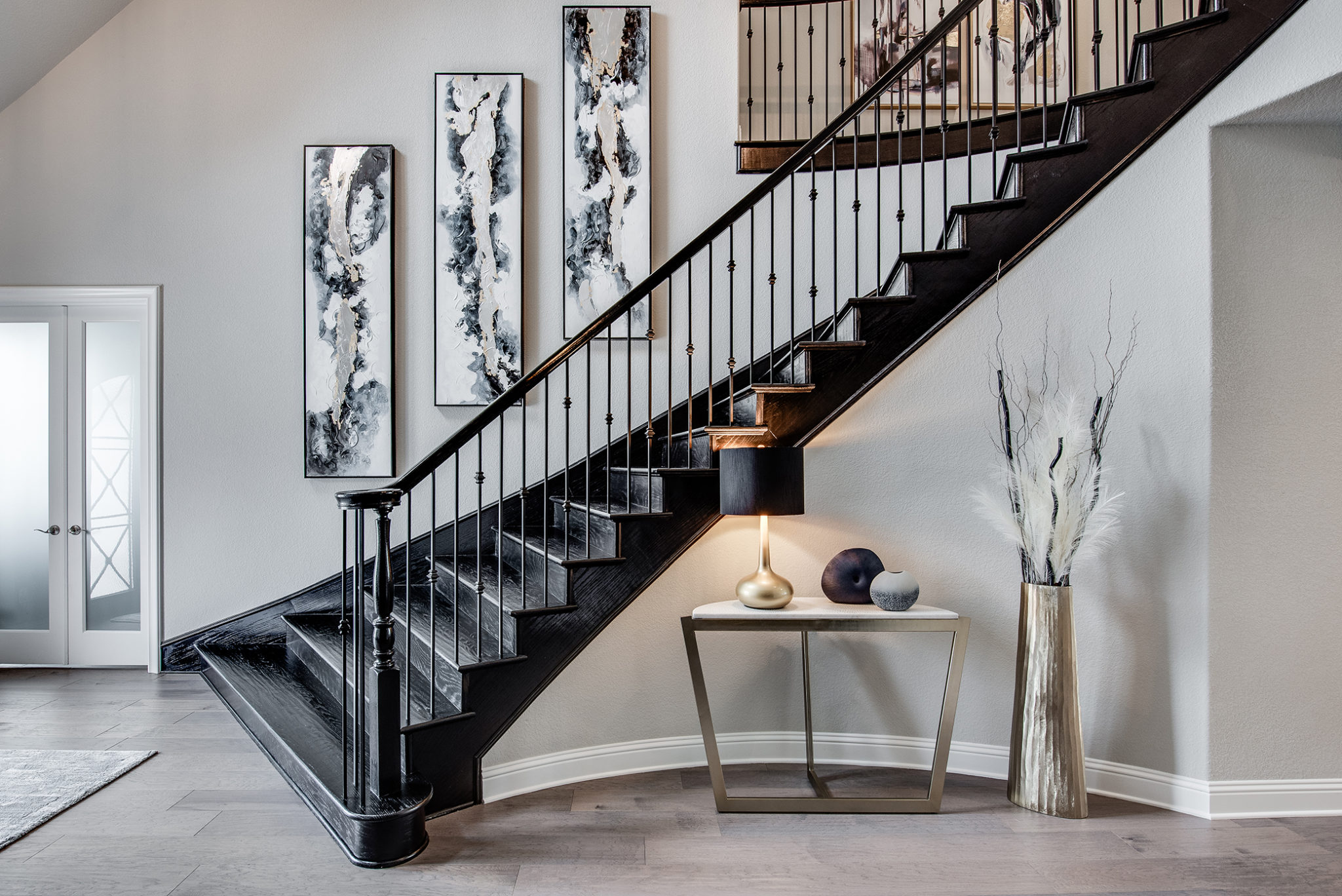
My Personal Insights
As an interior designer, I’ve encountered various challenges and triumphs. One project that stood out was the renovation of a historic hotel lobby. The client’s vision was to maintain the historic charm of the space. It’s while infusing modern amenities.
The process was a challenging balance. It’s between preserving the old fixtures and sourcing new items that blend with them. We scoured antique shops and worked with artisans to recreate period-appropriate fixtures. I also had to ensure every piece met the highest craftsmanship standards.
Patience and Communication Are Important
There was one essential lesson I learned from this project. Patience and attention to detail is vital to residential design services. I had to be meticulous in inspecting the furniture and fixtures we chose. It was to ensure they met the project’s standards.
Additionally, effective communication with the client was paramount. We provided regular updates, presented options, and solicited their feedback at every stage. It ensured we brought their vision to life while staying within budget and on schedule.
The Transformative Power of FFE
The result was a lobby that merged history and modernity. Guests could experience the grandeur of the past. It’s while enjoying the comforts of the present. This project reinforced my belief in the power of FFE in interior design.
The Role of Technology
Technology has become an indispensable tool in today’s digital age. Designers now have access to software and apps. These streamline various aspects of FFE management. It’s from budgeting and procurement to space planning and visualization.
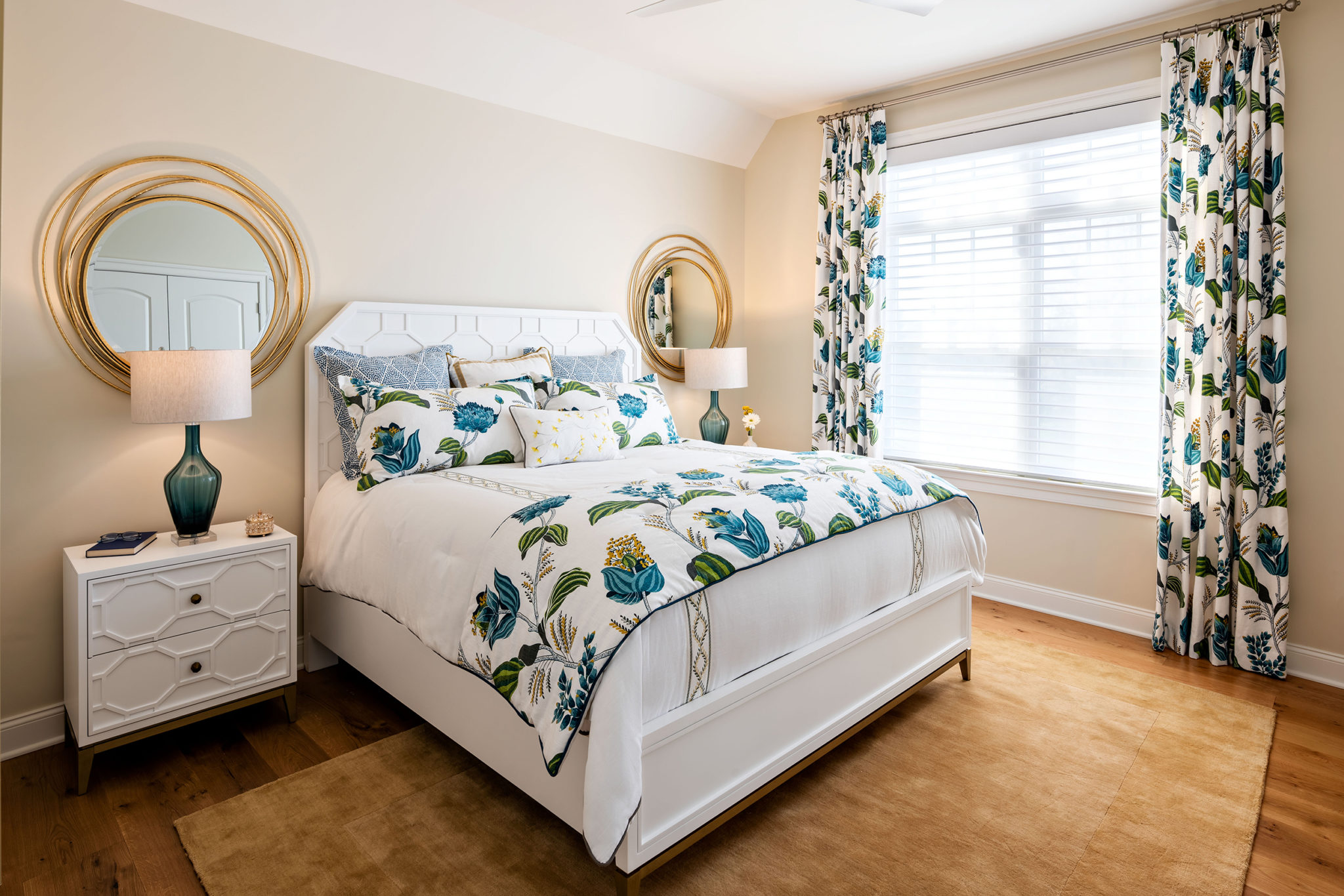
One example is software that allows designers to create detailed specifications for equipment. It’s complete with dimensions, materials, and finishes. We can easily share these specifications with suppliers. It reduces the risk of miscommunication and errors.
Project Management, Virtual and Augmented Reality
Playing a significant role in FFE are Virtual and Augmented Reality. They allow designers and clients to visualize how items will look in a space. It is even before purchasing them. They reduce the likelihood of costly mistakes.
Additionally, project management software helps designers track orders and deliveries. It also aids with installation schedules. Thus, it ensures everything runs without bumping and on time.
The Future of FFE in Interior Design
The field of interior design will continue to evolve together with some developments in interior design trends. Still, the role of FFE will remain central to any project’s success. Technological advances and an increasing emphasis on sustainability will cause several crazes. They will shape the future trends of FFE:
- Sustainability: There is a growing demand for eco-friendly items. Designers will need to stay informed about sustainable options and certifications.
- Personalization: Clients will seek more personalized items reflecting their unique tastes. Designers will need close collaboration with artisans and manufacturers to create bespoke pieces.
- Digital Integration: Equipment will need integration with digital systems. It includes incorporating technology like smart lighting and automated window treatments.
- Virtual Reality: VR and AR will become standard for visualization and design. Before a decision, clients will check how furnishings and fixtures look. Also, they can look at how it will function in their space.
- Data-Driven Design: Using data and analytics for informed decisions will become more prevalent. It can involve analyzing user behavior. This will optimize layouts for comfort and efficiency.
- Global Sourcing: Designers will have access to a vast range of FFE options worldwide. Thanks to advancements in global sourcing and shipping.
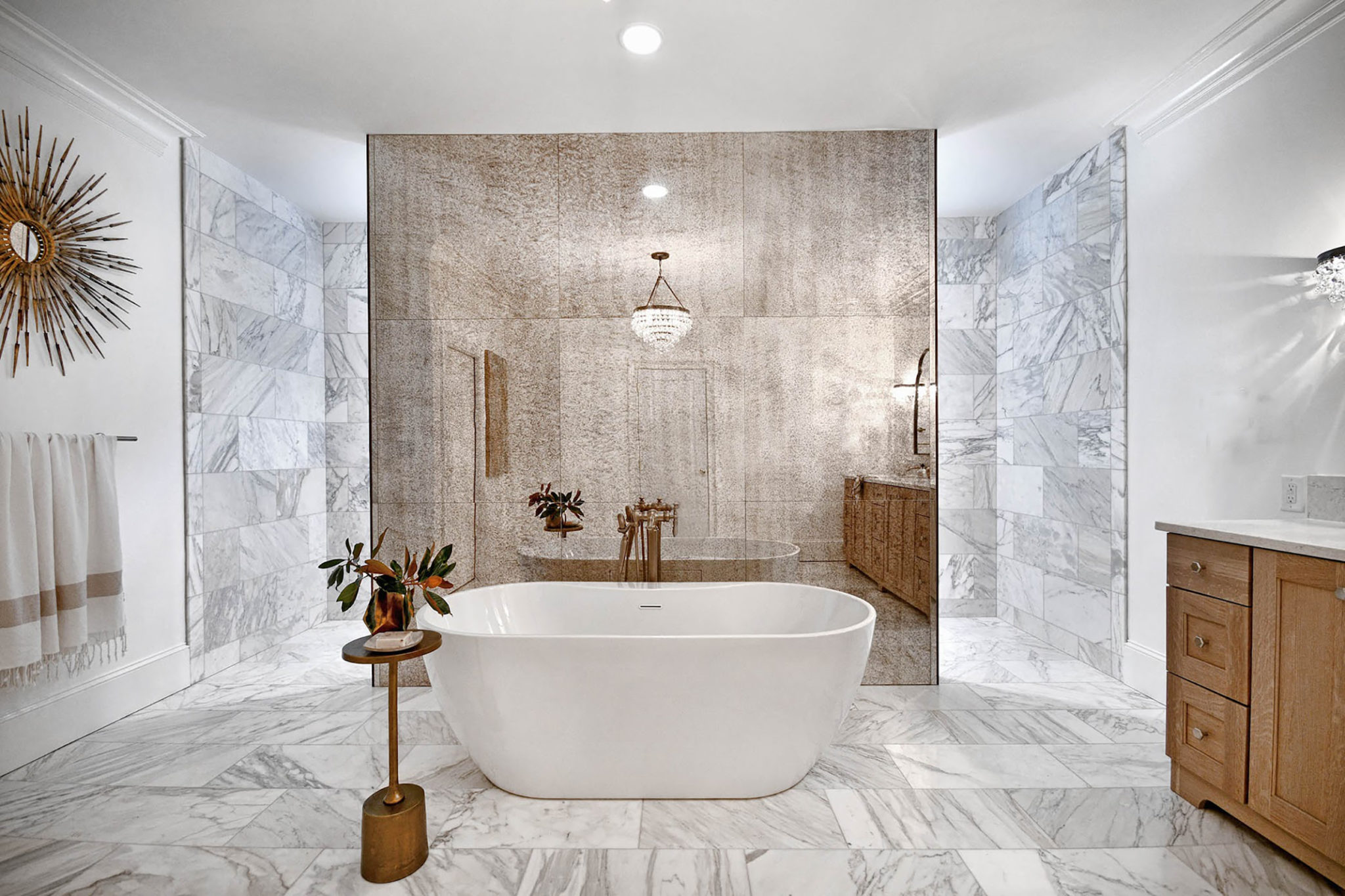
Frequently Asked Questions
How Can I Ensure Elements Alignment With My Design Concept for a Space?
Start with a clear design concept to ensure alignment. Then, create mood boards and sketches that depict the vision. Choose elements that harmonize with the scheme.
What Are Some Emerging Trends in FFE for Interior Design?
Some notable trends in FFE include sustainability, customization, and personalization. It integrates technology and biophilic FFE, incorporating natural elements. These trends reflect evolving preferences and values in interior design.
How Does FFE Contribute to Creating a Cohesive Design Concept?
FFE elements are crucial components in creating a cohesive design concept. When selected with proper planning, they unify the visual language of a space. For instance, in a restaurant design, FFE elements should align with its theme.
Conclusion
So, what is FFE in interior design? It’s the invisible thread that weaves together functionality and aesthetics. FFE turns empty spaces into environments that inspire and delight. When walking into a well-designed place, know that FFE played a pivotal role in that space.



